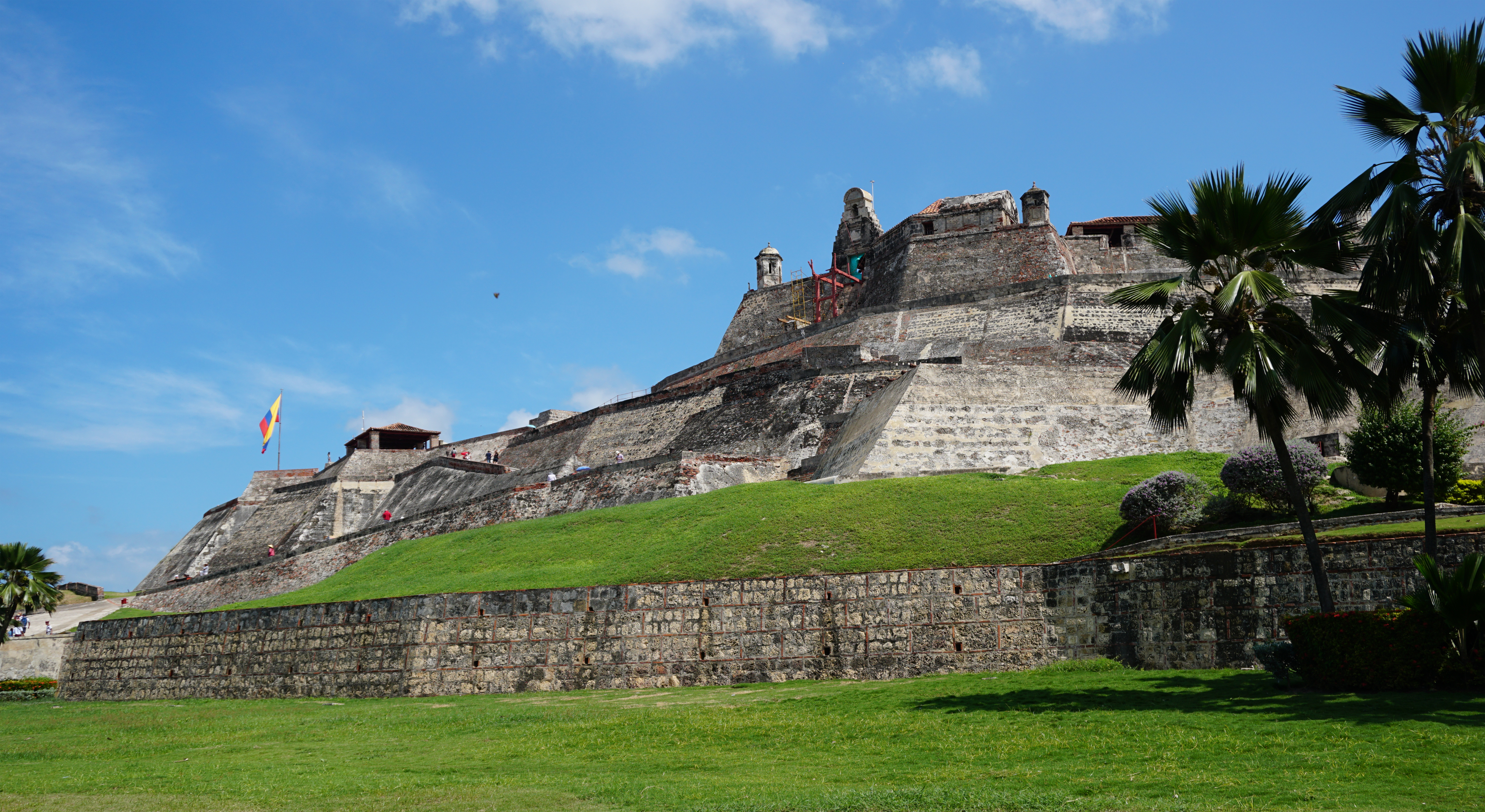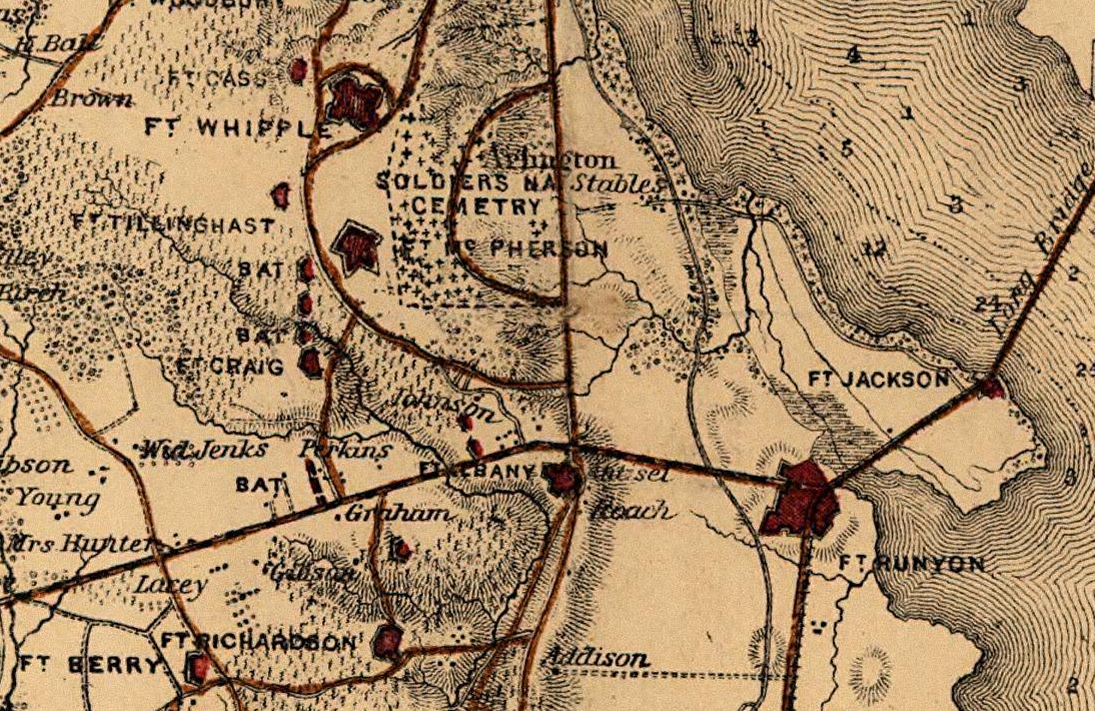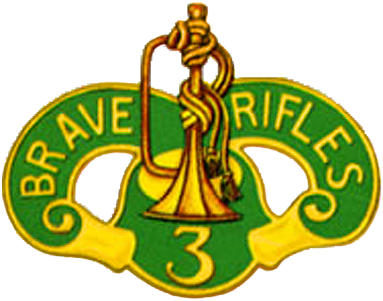|
154th Cavalry Brigade (United States)
The 154th Cavalry Brigade was a cavalry unit of the United States Army Organized Reserve during the interwar period. Organized in 1922, the brigade spent its entire career with the 62nd Cavalry Division and was disbanded after the United States entered World War II. History The brigade was constituted in the Organized Reserve on 15 October 1921, part of the 62nd Cavalry Division in the Third Corps Area. It included the 307th and 308th Cavalry Regiments and the 154th Machine Gun Squadron at Norfolk. In 1922, the brigade headquarters was initiated (organized) at Richmond, Virginia. On 20 December 1928, the 154th Machine Gun Squadron was relieved from its assignment to the 62nd and withdrawn from the Organized Reserves, with its personnel transferred to the 307th's new 3rd Squadron and Machine Gun Troop. The brigade held its inactive training period meetings at the Parcel Post Building in Richmond. Between 1923 and 1940, the 154th usually conducted summer training at Fort Meade ... [...More Info...] [...Related Items...] OR: [Wikipedia] [Google] [Baidu] |
United States
The United States of America (U.S.A. or USA), commonly known as the United States (U.S. or US) or America, is a country primarily located in North America. It consists of 50 U.S. state, states, a Washington, D.C., federal district, five major unincorporated territories, nine United States Minor Outlying Islands, Minor Outlying Islands, and 326 Indian reservations. The United States is also in Compact of Free Association, free association with three Oceania, Pacific Island Sovereign state, sovereign states: the Federated States of Micronesia, the Marshall Islands, and the Palau, Republic of Palau. It is the world's List of countries and dependencies by area, third-largest country by both land and total area. It shares land borders Canada–United States border, with Canada to its north and Mexico–United States border, with Mexico to its south and has maritime borders with the Bahamas, Cuba, Russia, and other nations. With a population of over 333 million, it is the List of ... [...More Info...] [...Related Items...] OR: [Wikipedia] [Google] [Baidu] |
Fort George G
A fortification is a military construction or building designed for the defense of territories in warfare, and is also used to establish rule in a region during peacetime. The term is derived from Latin ''fortis'' ("strong") and ''facere'' ("to make"). From very early history to modern times, defensive walls have often been necessary for cities to survive in an ever-changing world of invasion and conquest. Some settlements in the Indus Valley civilization were the first small cities to be fortified. In ancient Greece, large stone walls had been built in Mycenaean Greece, such as the ancient site of Mycenae (famous for the huge stone blocks of its 'cyclopean' walls). A Greek '' phrourion'' was a fortified collection of buildings used as a military garrison, and is the equivalent of the Roman castellum or English fortress. These constructions mainly served the purpose of a watch tower, to guard certain roads, passes, and borders. Though smaller than a real fortress, they acted ... [...More Info...] [...Related Items...] OR: [Wikipedia] [Google] [Baidu] |
Cavalry Brigades Of The United States Army
Historically, cavalry (from the French word ''cavalerie'', itself derived from "cheval" meaning "horse") are soldiers or warriors who fight mounted on horseback. Cavalry were the most mobile of the combat arms, operating as light cavalry in the roles of reconnaissance, screening, and skirmishing in many armies, or as heavy cavalry for decisive shock attacks in other armies. An individual soldier in the cavalry is known by a number of designations depending on era and tactics, such as cavalryman, horseman, trooper, cataphract, knight, hussar, uhlan, mamluk, cuirassier, lancer, dragoon, or horse archer. The designation of ''cavalry'' was not usually given to any military forces that used other animals for mounts, such as camels or elephants. Infantry who moved on horseback, but dismounted to fight on foot, were known in the early 17th to the early 18th century as '' dragoons'', a class of mounted infantry which in most armies later evolved into standard cavalry while ... [...More Info...] [...Related Items...] OR: [Wikipedia] [Google] [Baidu] |
John Boynton Philip Clayton Hill
John Boynton Philip Clayton Hill (May 2, 1879 – May 23, 1941) was a U.S. representative from the 3rd Congressional district of Maryland, serving three terms from 1921 to 1927. Early life John Boynton Philip Clayton Hill was born on May 2, 1879, in Annapolis, Maryland, to Kate Watts (née Clayton) and Charles Ebenezer Hill. He attended common schools and graduated from Johns Hopkins University in 1900 with a Bachelor of Arts. He graduated from Harvard Law School in 1903 with a Bachelor of Laws. He was admitted to the bar in Boston in 1903 and commenced practice in Boston, Massachusetts, in the office of Ropes, Gray & Gorman. Career Hill returned to Baltimore, Maryland and was admitted to the bar in Boston in 1904. He then practiced law there. Hill was a candidate for the 12th ward in the Maryland House of Delegates in 1905. He was a candidate for the 2nd ward in the House of Delegates in 1907. Hill was an unsuccessful candidate for election to the Sixty-first Congress in 1 ... [...More Info...] [...Related Items...] OR: [Wikipedia] [Google] [Baidu] |
306th Cavalry Regiment (United States)
3 (three) is a number, numeral and digit. It is the natural number following 2 and preceding 4, and is the smallest odd prime number and the only prime preceding a square number. It has religious or cultural significance in many societies. Evolution of the Arabic digit The use of three lines to denote the number 3 occurred in many writing systems, including some (like Roman and Chinese numerals) that are still in use. That was also the original representation of 3 in the Brahmic (Indian) numerical notation, its earliest forms aligned vertically. However, during the Gupta Empire the sign was modified by the addition of a curve on each line. The Nāgarī script rotated the lines clockwise, so they appeared horizontally, and ended each line with a short downward stroke on the right. In cursive script, the three strokes were eventually connected to form a glyph resembling a with an additional stroke at the bottom: ३. The Indian digits spread to the Caliphate in the 9th ... [...More Info...] [...Related Items...] OR: [Wikipedia] [Google] [Baidu] |
Command Post Exercise
A military exercise or war game is the employment of military resources in training for military operations, either exploring the effects of warfare or testing strategies without actual combat. This also serves the purpose of ensuring the combat readiness of garrisoned or deployable forces prior to deployment from a home base. While both war games and military exercises aim to simulate real conditions and scenarios for the purpose of preparing and analyzing those scenarios, the distinction between a war game and a military exercise is determined, primarily, by the involvement of actual military forces within the simulation, or lack thereof. Military exercises focus on the simulation of real, full-scale military operations in controlled hostile conditions in attempts to reproduce war time decisions and activities for training purposes or to analyze the outcome of possible war time decisions. War games, however, can be much smaller than full-scale military operations, do not typic ... [...More Info...] [...Related Items...] OR: [Wikipedia] [Google] [Baidu] |
Citizens' Military Training Camp
Citizens' Military Training Camps (CMTC) were military training programs of the United States. Held annually each summer during the years 1921 to 1940, the CMTC camps differed from National Guard and Organized Reserve training in that the program allowed male citizens to obtain basic military training without an obligation to call-up for active duty. The CMTC were authorized by the National Defense Act of 1920 as a compromise that rejected universal military training. In its nearly two decades of operation, the CMTC trained some 400,000 men in at least one season from 1921 to 1940. Overall the program was disappointing, as only 5,000 officer commissions were awarded to men who completed the required four summers of training. Before the United States entered World War I, private citizens of the Preparedness Movement set up what were known as Plattsburg Movement camps to build a reserve of qualified men. These provided at least one summer of training in 1915 and 1916 to some 40,0 ... [...More Info...] [...Related Items...] OR: [Wikipedia] [Google] [Baidu] |
Fort Belvoir
Fort Belvoir is a United States Army installation and a census-designated place (CDP) in Fairfax County, Virginia, United States. It was developed on the site of the former Belvoir plantation, seat of the prominent Fairfax family for whom Fairfax County was named. It was known as Camp A. A. Humphreys from 1917 to 1935 and Fort Belvoir afterward. Fort Belvoir is home to a number of significant United States military organizations. With nearly twice as many workers as The Pentagon, Fort Belvoir is the largest employer in Fairfax County. Fort Belvoir comprises three geographically distinct areas: main base, Davison Army Airfield, and Fort Belvoir North. History Plantation The Fort Belvoir site was originally the home of William Fairfax, the cousin and land agent of Thomas Fairfax, 6th Lord Fairfax of Cameron the proprietor of the Northern Neck, which stood on land now part of the base. William Fairfax purchased the property in 1738 when his cousin arranged for him t ... [...More Info...] [...Related Items...] OR: [Wikipedia] [Google] [Baidu] |
Fort Myer
Fort Myer is the previous name used for a U.S. Army post next to Arlington National Cemetery in Arlington County, Virginia, and across the Potomac River from Washington, D.C. Founded during the American Civil War as Fort Cass and Fort Whipple, the post merged in 2005 with the neighboring Marine Corps installation, Henderson Hall, and is today named Joint Base Myer–Henderson Hall. History In 1861, the land that Fort Myer would eventually occupy was part of the Arlington estate, which Mary Anna Custis Lee, the wife of Robert E. Lee, owned and at which Lee resided when not stationed elsewhere (see Arlington House, The Robert E. Lee Memorial). When the Civil War began, the Commonwealth of Virginia seceded from the United States, Lee resigned his commission, and he and his wife left the estate. The United States Government then confiscated the estate and began to use it as a burial ground for Union Army dead (see Arlington National Cemetery), to house freed slaves (Freedme ... [...More Info...] [...Related Items...] OR: [Wikipedia] [Google] [Baidu] |
3rd Cavalry Regiment (United States)
The 3rd Cavalry Regiment, formerly 3rd Armored Cavalry Regiment ("Brave Rifles") is a regiment of the United States Army currently stationed at Fort Hood, Texas. The regiment has a history in the United States Army that dates back to 19 May 1846, when it was constituted in the Regular Army as the Regiment of Mounted Riflemen at Jefferson Barracks, Missouri. This unit was reorganized at the start of the American Civil War as the 3rd U.S. Cavalry Regiment on 3 August 1861. In January 1943, the regiment was re-designated as the 3rd Cavalry Group ( Mechanized). Today they are equipped with Stryker vehicles. The 3rd Armored Cavalry Regiment was the last heavy armored cavalry regiment in the U.S. Army until it officially became a Stryker regiment on 16 November 2011. It will retain its lineage as the 3rd Cavalry Regiment. Under various names it has seen action during eleven major conflicts: the Indian Wars, the Mexican–American War, the American Civil War, the Spanish–American ... [...More Info...] [...Related Items...] OR: [Wikipedia] [Google] [Baidu] |
Lewis F
Lewis may refer to: Names * Lewis (given name), including a list of people with the given name * Lewis (surname), including a list of people with the surname Music * Lewis (musician), Canadian singer * " Lewis (Mistreated)", a song by Radiohead from ''My Iron Lung'' Places * Lewis (crater), a crater on the far side of the Moon * Isle of Lewis, the northern part of Lewis and Harris, Western Isles, Scotland United States * Lewis, Colorado * Lewis, Indiana * Lewis, Iowa * Lewis, Kansas * Lewis Wharf, Boston, Massachusetts * Lewis, Missouri * Lewis, Essex County, New York * Lewis, Lewis County, New York * Lewis, North Carolina * Lewis, Vermont * Lewis, Wisconsin Ships * USS ''Lewis'' (1861), a sailing ship * USS ''Lewis'' (DE-535), a destroyer escort in commission from 1944 to 1946 Science * Lewis structure, a diagram of a molecule that shows the bonding between the atoms * Lewis acids and bases * Lewis antigen system, a human blood group system * Lewis number, a ... [...More Info...] [...Related Items...] OR: [Wikipedia] [Google] [Baidu] |
United States Army
The United States Army (USA) is the land warfare, land military branch, service branch of the United States Armed Forces. It is one of the eight Uniformed services of the United States, U.S. uniformed services, and is designated as the Army of the United States in the United States Constitution, U.S. Constitution.Article II, section 2, clause 1 of the United States Constitution (1789). See alsTitle 10, Subtitle B, Chapter 301, Section 3001 The oldest and most senior branch of the U.S. military in order of precedence, the modern U.S. Army has its roots in the Continental Army, which was formed 14 June 1775 to fight the American Revolutionary War (1775–1783)—before the United States was established as a country. After the Revolutionary War, the Congress of the Confederation created the United States Army on 3 June 1784 to replace the disbanded Continental Army.Library of CongressJournals of the Continental Congress, Volume 27/ref> The United States Army considers itself to be ... [...More Info...] [...Related Items...] OR: [Wikipedia] [Google] [Baidu] |




